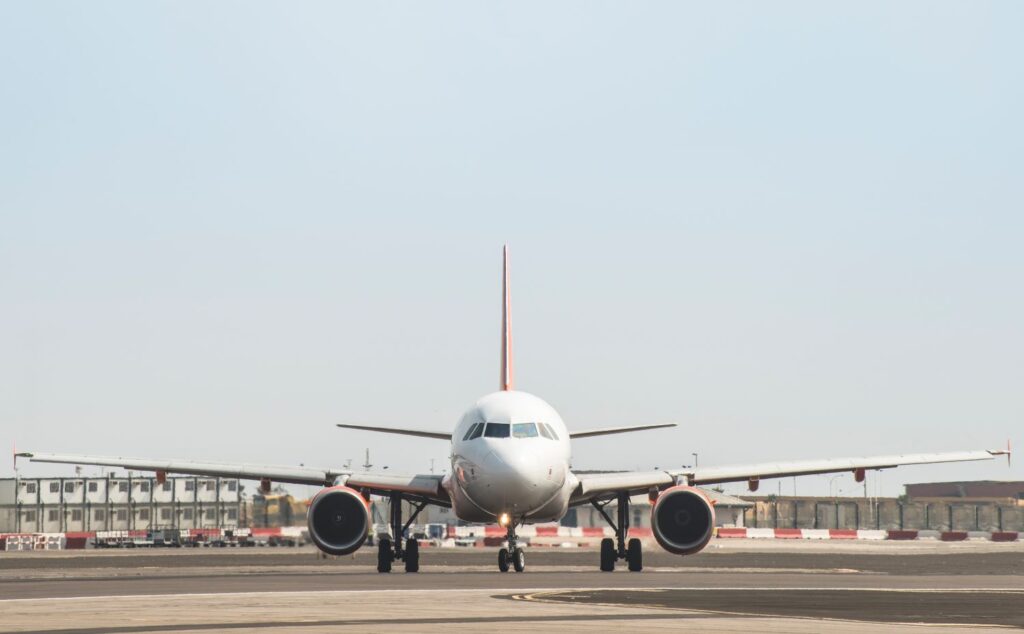The African aviation industry is entering a new era of opportunity and change, as detailed in Cirium's latest report, Focus on African Air. The report provides a data-rich snapshot of how African air travel is recovering after the pandemic, growing beyond expectations, and building up the partnerships needed to make the infrastructure, networks and continents a serious player in global aviation.
Rapid recovery and rapid increase in the air
Africa's passenger traffic reached 161 million in 2023, recovering from a pandemic low of just 49 million in 2020. In 2024, African airlines are expected to carry 98 million passengers, confirming the continent's return to pre-pandemic traffic levels and a sustained appetite for air travel.
This surge is supported by economic growth, an increase in middle class demographics, and government policies that prioritize aviation. Egypt, Ethiopia, Nigeria and Kenya are among the top performers driving this rise.
In particular, Cairo International Airport (CAI) was Africa's busiest airport in 2024 with passengers of origin and destination, followed by Johannesburg (JNB) and Cape Town (CPT). Airports in Addis Ababa, Lagos, Nairobi and Casablanca also record impressive growth in both domestic and international seating capacity.
Strategic government support
Policies such as the African Union's Single African Air Transport Market (SAATM) and individual liberalization efforts have helped to expand networks and encourage investment in aviation infrastructure. Rwanda, Ethiopia and South Africa are highlighted in the report as examples of countries that have used strategic policy decisions to attract international partnerships and promote regional integration.


Fleet expansion and future demand
The African commercial fleet is expected to more than double by 2043, with 1,170 new aircraft needed.
830 Single Isle Jet
260 Wide Body
65 Regional Jets
15 cargo ships
The demand for this aircraft is consistent with Boeing's market outlook, reflecting strong growth across routes within Africa and the international corridors to Europe, the Middle East and Asia.
Additionally, the region will need to train 76,000 new aviation professionals (pilots, cabin crews and technicians) to support this growth and triple the current active workforce.
On-Time Performance Issues (OTP)
Despite rising capacity and demand, operational reliability remains a challenge. Cirium's On-Time Performance Medium Report ranks Safair as the top performer in Africa with a star OTP of 94.47%. Ethiopian Airlines, Kenya Airlines and Egypt Airlines are behind, with OTPs in the 50-65% range, suggesting room for significant operational improvements.
However, completion rates (flights operating on schedule) remain high, indicating the airline's commitment to maintaining resilience and service in the face of infrastructure and weather-related challenges.
Europe and Africa: Dynamic Aviation Corridor
The African European Air Corridor is undergoing deep evolution as partnerships, price competition and consumer preferences drive change.
Report Note:
Airlines in Africa and Europe are increasingly in codeshare and alliances.
LCCS (low-cost carriers) now serve major routes in Africa and Europe alongside legacy carriers.
Passenger traffic on routes such as Johannesburg – London, Casablanca – Paris, Lagos – London is driven by leisure and VFR (visiting friends and relatives) travel.
Is it an impact? There is also the need for an increasingly competitive, reduced fares, and a growing network of routes – yields and a sustainable long-term pricing strategy.
Safety and sustainability: Ongoing work
African Aviation's safety records remain an area of concern, while improving. 2024:
21 accidents have occurred involving commercial operators in Africa
Three of these were fatal and resulted in five deaths.
Accident Rate: 1 aircraft per 97 aircraft
Fatal Accident Rate: 1 Aircraft per 678
This is a disadvantage compared to Europe (1 per 1,716) and North America (1 per 485). This report attributes the inconsistencies primarily to poor infrastructure, lack of navigation aids, and challenging operating conditions in remote and underserved areas.
Nevertheless, Group 1 operators, i.e., major scheduled airlines, have highlighted the relative safety of scheduled air travel, with fatal accidents coming to zero in 2024.
Looking ahead: Continental Opportunities
The Cirium Report is optimistic about the future of African aviation, addressing infrastructure, skills and safety challenges. Important takeaways include:
Great opportunities for fleet expansion, training and local air travel
Connectivity within Africa is the next frontier: Local airlines and secondary airports become important
Digital transformation and passenger-centric services determine future competitiveness
Strategic partnerships such as Etihad-Ethiopian and Emirates-Airlink are important to unlocking synergies in global networks




